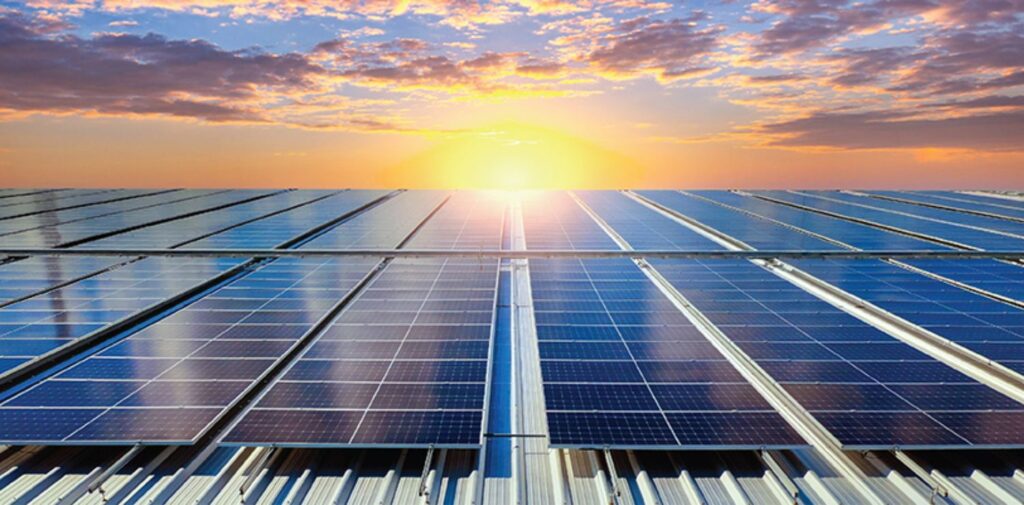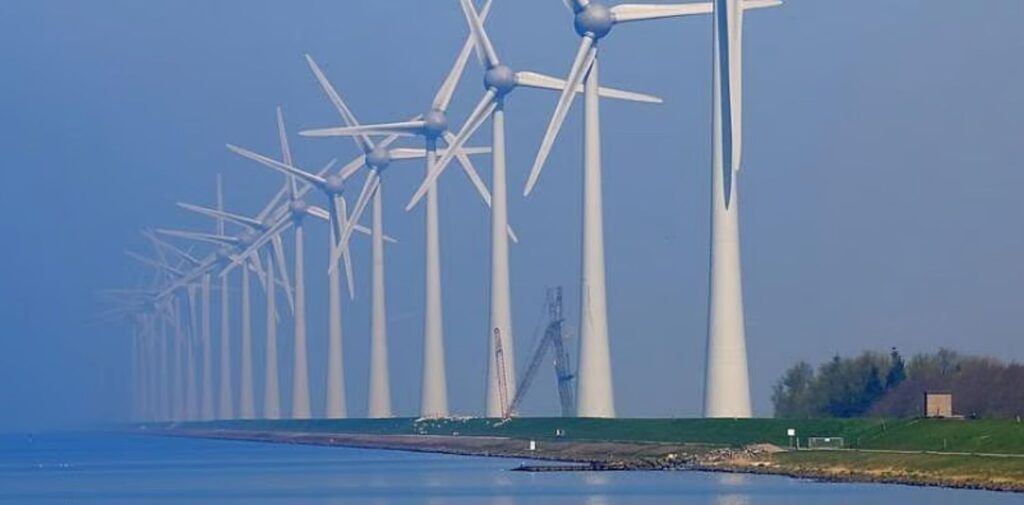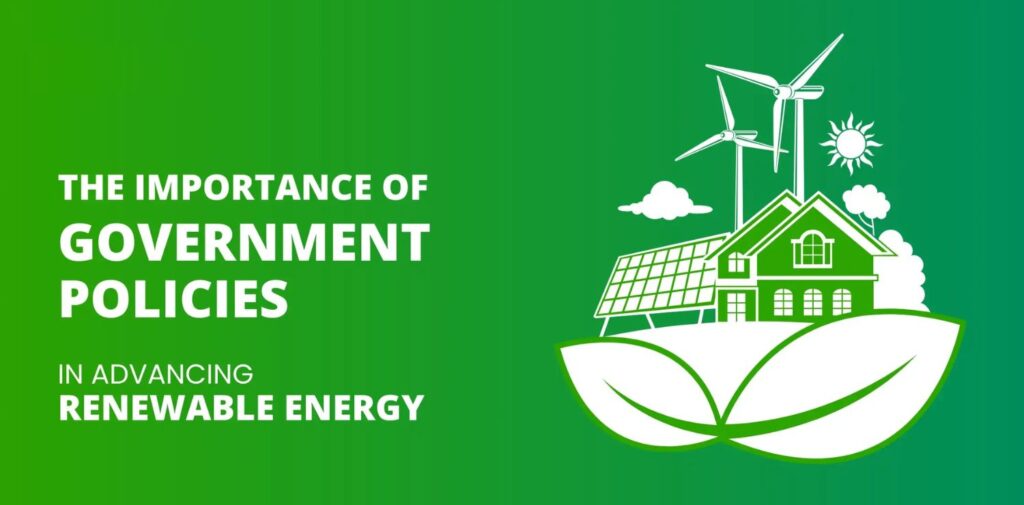India, a country with an ever-growing demand for energy, has made significant strides in the renewable energy sector in recent years. The shift from traditional fossil fuels to clean and sustainable energy sources like solar and wind is not just an environmental need but also an economic opportunity for the nation. This article takes you through the Growth of Indian Renewable Energy, focusing on the impressive rise of solar and wind power.
A New Beginning: India’s Renewable Energy Push
The renewable energy journey in India has been gaining momentum over the past few decades. As the country’s industrialization accelerated, the need for energy increased, and so did the concerns about environmental pollution and the depletion of natural resources. At the same time, the world started to recognize the importance of clean energy to combat climate change, which gave rise to a new era of energy sources.
India, with its vast population and rapidly growing economy, faced the dual challenge of providing energy to millions while ensuring that the environment was not harmed. Renewable energy, which is energy from natural sources that are constantly replenished, emerged as the solution to this problem. It was seen as a cleaner, more sustainable alternative to fossil fuels like coal, oil, and natural gas.

India’s Solar Revolution: Harnessing the Power of the Sun
Among the various renewable energy sources, solar power has been the front-runner in India’s renewable energy race. India is blessed with abundant sunlight throughout the year, especially in its vast desert regions like Rajasthan. This natural advantage made solar energy an obvious choice for harnessing.
India’s government recognized the potential of solar power and launched several ambitious plans, one of the most notable being the National Solar Mission in 2010. The mission aimed to achieve a capacity of 20,000 MW of solar power by 2022. The progress, however, was beyond expectations. In just a few years, India became one of the world’s top solar energy producers.
Today, India’s solar capacity exceeds 50,000 MW, and it aims to reach 100,000 MW by 2022. The development of solar parks, an initiative where large areas of land are used to set up solar panels, has been instrumental in this growth. Some of the biggest solar parks in the world are located in India, including the Bhadla Solar Park in Rajasthan.
Apart from large-scale solar power plants, the government also promoted the use of rooftop solar systems in urban and rural areas. This decentralized approach helped individuals and businesses generate their own electricity, reducing their dependence on the grid.
The drop in solar panel prices has further boosted India’s solar energy push. With government incentives, foreign investments, and a thriving market for solar products, solar energy has become a crucial part of India’s energy mix.
Wind Power: India’s Growing Wind Energy Sector
While solar energy has taken the spotlight, wind energy has been a significant contributor to India’s renewable energy growth. India has one of the largest wind energy markets in the world, and it has made great strides in expanding its wind energy capacity in recent years.
India’s wind energy potential is primarily concentrated in the coastal regions, especially in states like Tamil Nadu, Gujarat, and Maharashtra. Tamil Nadu, in particular, is known for its vast wind farms. These areas receive consistent wind speeds, making them ideal for setting up wind turbines.
The government introduced the National Wind-Solar Hybrid Policy in 2018, which aimed at maximizing the use of wind and solar resources by allowing their combined generation. This hybrid system ensures a more stable and reliable energy supply because wind and solar energy often complement each other. While solar power is at its peak during the daytime, wind energy tends to be stronger during the night.
India’s wind energy capacity has grown rapidly over the years, from just 1,500 MW in 2000 to over 40,000 MW today. The government continues to support the wind energy sector with various incentives, including feed-in tariffs and tax benefits, to make wind power more attractive for investors.
The increasing capacity and advancements in turbine technology have made wind energy an economically viable option. Wind energy is now not only a source of clean electricity but also an important job creator, providing employment opportunities in manufacturing, installation, and maintenance.

The Role of Government Policies and Initiatives
The growth of renewable energy in India would not have been possible without the active support of the government. India’s policies and initiatives have played a pivotal role in boosting the country’s renewable energy sector.
The government has set an ambitious target of achieving 500 GW of non-fossil fuel capacity by 2030, which includes both solar and wind power. This goal is part of India’s commitment to the Paris Climate Agreement to reduce greenhouse gas emissions and transition towards a low-carbon economy.
Several schemes and initiatives have been launched to encourage the development of renewable energy. For example, the Pradhan Mantri Sahaj Bijli Har Ghar Yojana (Saubhagya) aims to electrify all rural households through renewable sources. The International Solar Alliance (ISA), an initiative led by India, has also played a significant role in promoting solar energy globally, especially in developing countries.
The government also offers financial support and tax incentives for renewable energy projects. These include accelerated depreciation benefits, green bonds, and subsidies to encourage private sector participation in the renewable energy market. The push towards a renewable energy future has attracted significant foreign investments, especially from global energy giants.

Challenges and the Road Ahead
While the growth of renewable energy in India has been impressive, the sector still faces some challenges. One of the major hurdles is the intermittent nature of renewable sources. Solar power is available only during the day, while wind power is not constant. To overcome this, India needs to develop better energy storage solutions and an efficient grid system that can handle the supply and demand of renewable energy.
Another challenge is land acquisition for large-scale solar and wind projects. While India has vast open land, acquiring land for renewable energy projects can be a time-consuming and bureaucratic process.
Despite these challenges, the future looks bright for India’s renewable energy sector. Technological advancements in energy storage, grid management, and renewable energy integration are expected to make renewable energy more reliable and efficient. The government’s commitment to renewable energy, coupled with growing public awareness and private sector investments, is expected to drive India towards its renewable energy goals.
Conclusion: Growth of Indian Renewable Energy
India’s renewable energy sector has come a long way in a short period, from harnessing the power of the sun and wind to making clean energy a key part of the national energy strategy. The shift towards solar and wind power is not just a necessity but also a promise for a more sustainable future for India. With continuous investments, innovative solutions, and the government’s unwavering support, India is poised to lead the way in the global renewable energy revolution. As the country moves towards its ambitious energy goals, the world will be watching India as a beacon of hope for a cleaner and greener planet.




